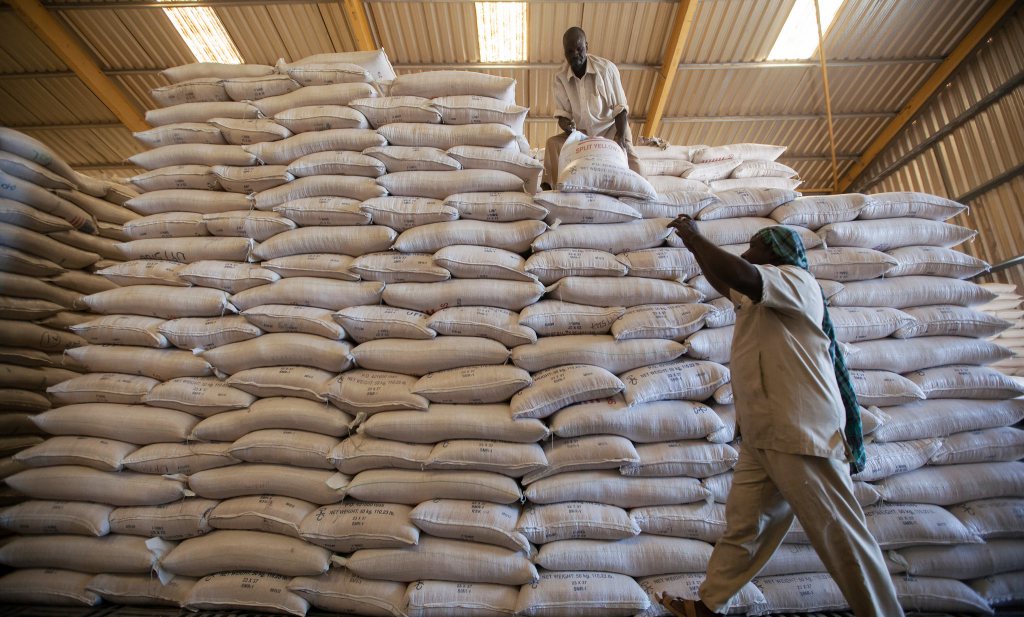The utmost desire of every smallholder farmer is to achieve a bumper harvest every production season. Thus, all efforts are geared towards this goal, but hardly are measures put in place to manage the abundance, which result in more post harvest losses.
Over the years there has been a steady increase in post harvest loss experienced at the farm level, especially in the developing countries, where storage infrastructure deficit is largely faced, and several interventions implemented, yet the issue still persists. Sadly, smallholder farmers hardly get enough benefits from their bumper harvest due to poor storage infrastructure.
Interestingly, there have been various technologies developed in the past to address post harvest losses but adoption rate by smallholder farmers has been very low. This could be due to several unaddressed internal and external factors. One of the main issues is the lack of local context in technology development. It is sad that most post harvest technologies do not align with the new realities of its users, thus it becomes complicated to use and maintain. Also, technical know-how for its maintenance is most times not readily available especially in the rural areas, which increases its cost. Lastly, market acceptance and demand is still low, which doesn't make economic sense in the short run, whereas smallholder farmers survive on short term economic benefits.
Therefore, there is a need to support R&D locally to help create and adapt post harvest technologies as new realities emerge. Furthermore, training of technical personnel (mainly youths and women) should be promoted especially in the rural communities to handle and provide maintenance for post harvest technologies. In addition, the government should strategically invest more in storage infrastructure in the rural communities through private - public partnership (PPP) to reduce post harvest loss at the farm level to a bare minimum. In the season of abundance, it is important we save for the time of famine, but where there is no means to do so, the abundance becomes a threat to the environment. So, as we plan for the abundance, let us plan for its storage in order to achieve zero hunger and food security. The season of plenty is here!
Yours-in-Service
Babatunde O
Interestingly, there have been various technologies developed in the past to address post harvest losses but adoption rate by smallholder farmers has been very low. This could be due to several unaddressed internal and external factors. One of the main issues is the lack of local context in technology development. It is sad that most post harvest technologies do not align with the new realities of its users, thus it becomes complicated to use and maintain. Also, technical know-how for its maintenance is most times not readily available especially in the rural areas, which increases its cost. Lastly, market acceptance and demand is still low, which doesn't make economic sense in the short run, whereas smallholder farmers survive on short term economic benefits.
Therefore, there is a need to support R&D locally to help create and adapt post harvest technologies as new realities emerge. Furthermore, training of technical personnel (mainly youths and women) should be promoted especially in the rural communities to handle and provide maintenance for post harvest technologies. In addition, the government should strategically invest more in storage infrastructure in the rural communities through private - public partnership (PPP) to reduce post harvest loss at the farm level to a bare minimum. In the season of abundance, it is important we save for the time of famine, but where there is no means to do so, the abundance becomes a threat to the environment. So, as we plan for the abundance, let us plan for its storage in order to achieve zero hunger and food security. The season of plenty is here!
Yours-in-Service
Babatunde O
Related



